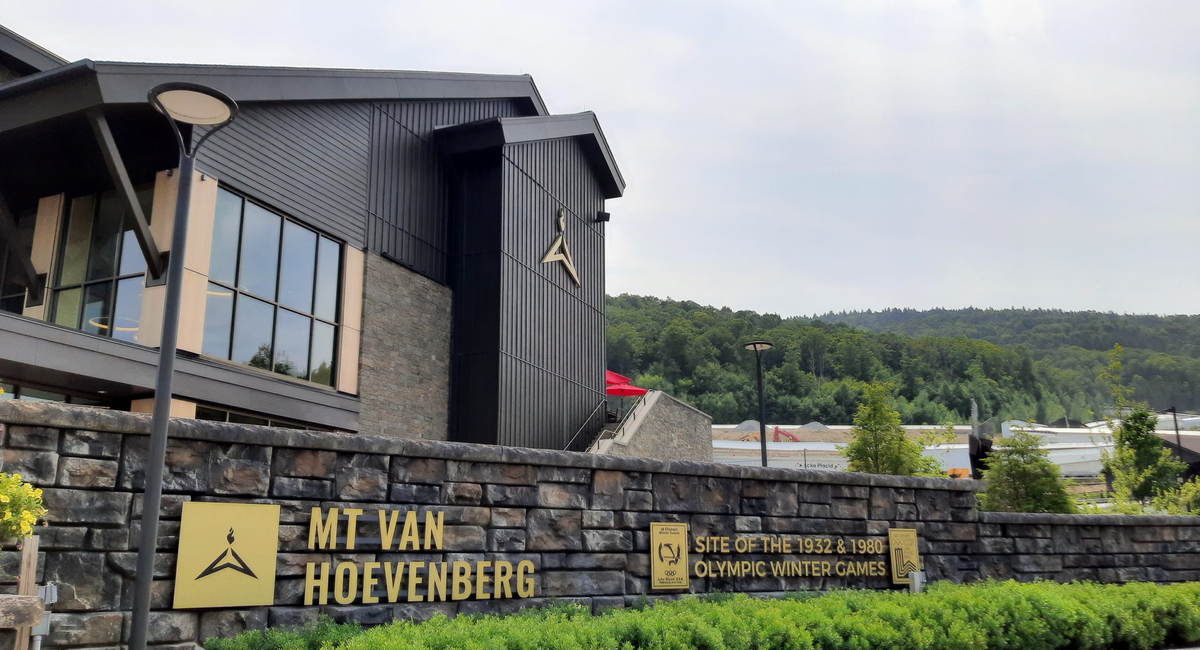New York City voters might be surprised when they flip over their ballots to see they’re being asked to weigh in on expanding an Olympic facility more than 200 miles away.
The Mount Van Hoevenberg sports complex in the Adirondacks is asking voters for an exception that would allow it to build on land that is supposed to remain untouched.
There’s an interesting wrinkle, however. The state-owned center has already expanded into the 323 acres of the protected space and is essentially asking for dispensation. In exchange, the complex is pledging to add a minimum of 2,500 acres of forest in another part of the Adirondacks.
“Over the course of decades, the Mount Van Hoevenberg complex has expanded onto publicly owned Adirondack Forest Preserve lands without permission from the voters,” John F. Sheehan, communications director at the Adirondack Council, wrote via email. “New York’s registered voters have the sole authority to permit additional uses on Forest Preserve lands or to remove even a single acre from the preserve.”
Mount Van Hoevenberg, located in Lake Placid, was the site of the first bobsled track in North America and the second-oldest in the world. The facility hosted the 1932 and 1980 Winter Olympic Games as well as world championship competitions. The complex also has about 35 miles of cross country skiing trails, athlete housing, an 8 million gallon snowmaking reservoir, a luge and skeleton tracks. To maintain its tracks and trails, Mount Van Hoevenberg has cut trees and expanded for the last 40 years.
The state-run Olympic Regional Development Authority is seeking permission from New York voters to legitimize its encroachment. The proposition would also grant the complex the permission to construct a small stadium at its existing biathlon track. The proposal places restrictions on commercial activities such as forbidding rental cabins as well as zip lines and buildings that exceed 2,500 feet in elevation.
In return, ORDA will pay for the donation of 2,500 acres of forest land located within the region as a land-swap deal. If the Mount Van Hoevenberg complex becomes obsolete, the land will revert to wild forest.
“This is the best case scenario for both the human and ecological communities of the Adirondacks,” The Adirondack Council wrote on its website. “It protects wildlands while an historic attraction continues to host world-class sporting events, drawing athletes and visitors from the region and around the world.”
Adirondack ski resorts, such as Whiteface and Gore, also cut into the wild forest preserve, but these facilities were granted authorization. Mount Van Hoevenberg is seeking the same status as other state-owned complexes and resorts in the area.
The state government established Adirondack Park in 1892. The park is the largest publicly protected land in the continental United States, exceeding the combined size of Yellowstone, Everglades, Glacier and Grand Canyon National Parks.
The park’s boundary encompasses approximately 6 million acres, nearly half of which belongs to all the people of New York state and is constitutionally protected to remain “forever wild” forest preserve. The remaining half of the park is private land which includes towns, farms, timber lands, businesses, homes and camps. Within its 6 million acres, there are over 3,000 lakes and 30,000 miles of rivers and streams. About 123,000 New Yorkers live in 101 towns scattered in the park.
“ We are going to see a fairly substantial increase in the forest preserve as a result of this permission and that the public will be pleased with the 2,500 acres that they receive in exchange for saying yes to this,” Sheehan said.

